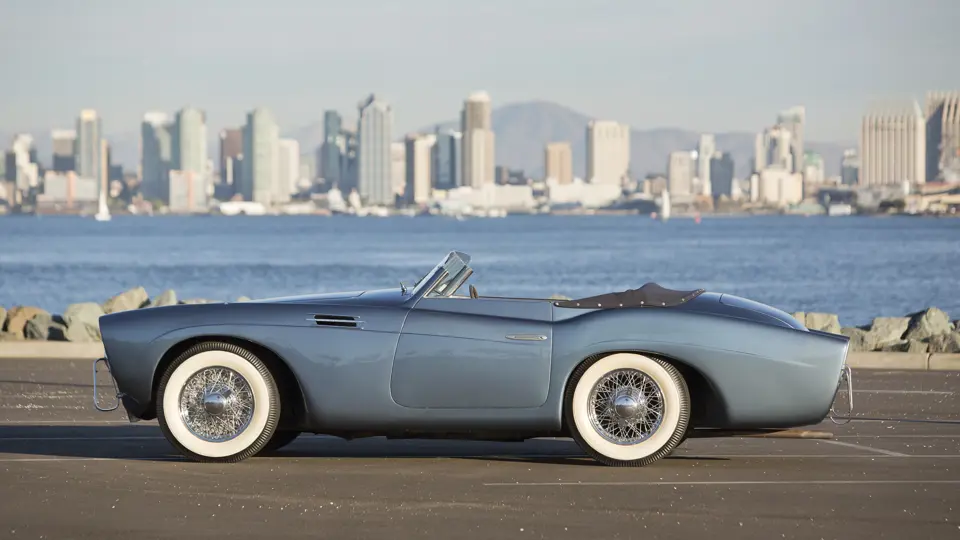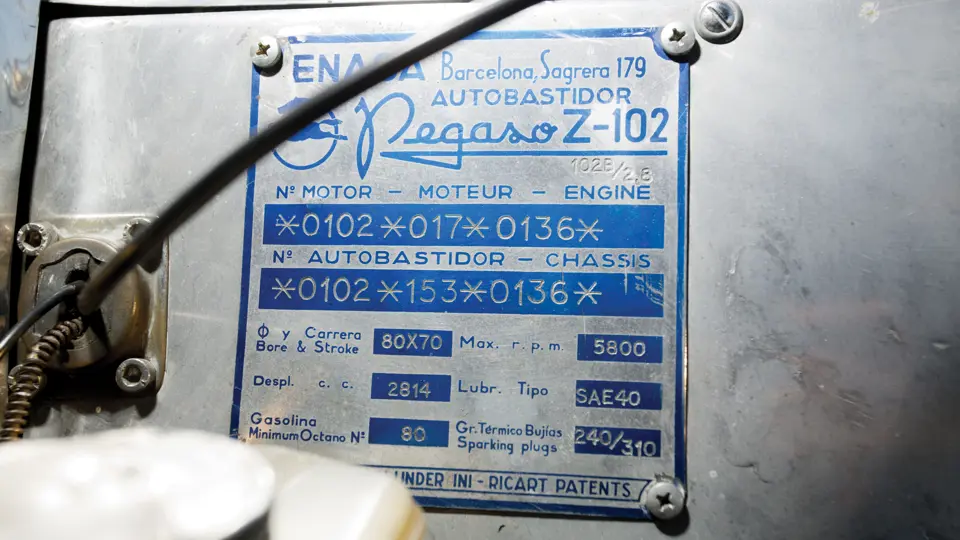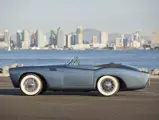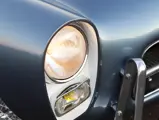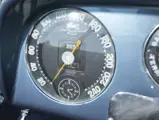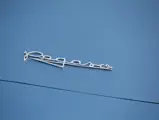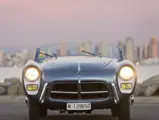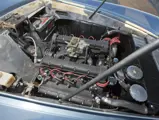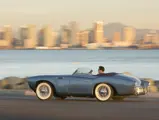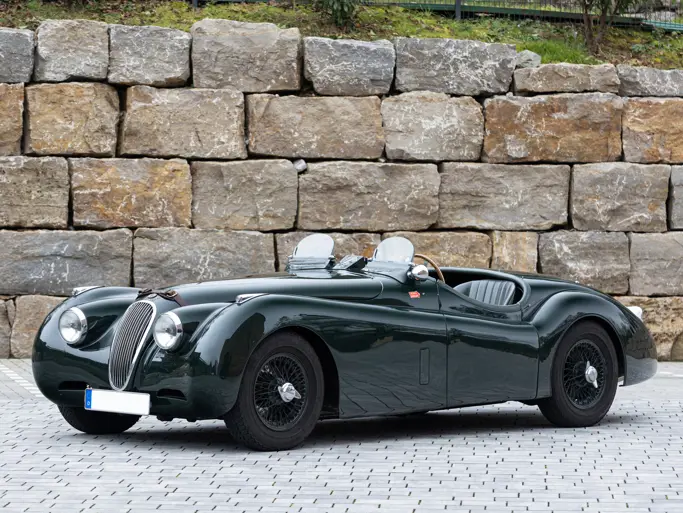165 bhp, 2,814 cc quad overhead camshaft V-8 engine with a two-barrel Weber carburetor, five-speed manual transaxle, independent front suspension with de Dion-type rear, and four-wheel drum brakes. Wheelbase: 92 in.
While Pegaso was well-established and noted for its production of industrial trucks and coaches, the firm launched what would ultimately be a seven-year foray into the production of a coachbuilt, V-8-powered supercar, the likes of which Spain or the rest of the world would ever see. The chief technical manager for Pegaso was Wifredo Ricart, an experienced designer and engineer whose previous associations included the Alfa Romeo 512, and who was also a rival of Enzo Ferrari, who of course was also an alumnus of Alfa Romeo.
The Z-102 employed racing-car technology in its chassis and alloy body. All of its components were produced in-house at the Pegaso factory in Barcelona. In the tradition of the grand pre-war classics, the factory produced only rolling chassis that would then be clothed with bespoke coachwork by Touring, Serra, Saoutchik, or Enasa, which was an in-house coachbuilding arm responsible for bodying a number of the chassis in various forms. Power was produced from a four-cam, all-alloy V-8 with dry sump lubrication, which was mated to a five-speed transaxle unit.
A pair of Z-102 prototypes were built in 1951, one a coupe and one a cabriolet. These examples, which were among those bodied in-house, had steel bodies that lacked the flair sought by Pegaso and inhibited performance due to their weight. Carrozzeria Touring then stepped in and gave the cars a facelift, which involved lowering the bodies, repositioning the fog lights, replacing the grille with a two-piece cross, and revising fine details to produce an overall cleaner profile that was similar to that of the cars it intended to compete with.
The Z-102 entered production with a 2.5-liter engine, as used in the prototypes, though variants included 2.8- and 3.2-liter engines with multiple aspiration options, including a supercharged 3.2 that produced a whopping 360 horsepower. The fastest examples could reach 160 miles per hour—enough to beat even a production Ferrari at the time—and even the base model had a top speed of 120 mph.
Like many other luxury and performance machines that had come and gone before the Pegaso, production of these cars spared no expense, which in turn placed a great deal of financial strain on the firm. The later Z-103 was introduced as a simplified, less-expensive version with three different engine offerings, but it did little to improve the company’s balance sheet. Production of the Z-102 was discontinued after 1958, with approximately 84 units produced in various combinations of engine, body style, and coachbuilder.
Chassis 3-0136 is part of what is known as the Second Series by Saoutchik. The Second Series Saoutchik berlinettas and cabriolets were distinguished from each other only by the type of bumpers used. Compared to the earlier First Series, however, they displayed more balanced lines, with less emphatic curvature of the fins, and more space in the wheel arches, and the nose was also revised with a treatment that incorporated the headlights and fog lights inside a teardrop-shaped surround.
According to the marque reference authored by Carlos Mosquera and Enrique Coma-Cros, there were a total of 18 Saoutchik-bodied Pegasos built; of these, eight were Series II examples, with 3-0136 being the sole cabriolet among them. There were three other Saoutchik cabriolets built; the first, 0-0116, is considered a prototype, and two subsequent examples, 0-0132 and 3-0134, are Series Is. Of particular beauty, and also unique to this car, is the gently curved windshield, which lacks a top frame, leaving only the stylized line of the glass, producing a low, sleek appearance.
In April of 1954, this car, the last of the Z-102 Saoutchik convertibles, was displayed at the San Remo Concours d’Elegance in a striking blue, driven by Jacques Saoutchik’s son, Pierre, who had by then taken over the family business. The car was then sold into private hands, and by February 1958, its owner decided to have it converted into a berlinetta.
The car spent the majority of its subsequent life in Spain, and in the early-1990s, its owner opted to restore it to its original 1954 open configuration due to its uniqueness and special place in the history of Pegaso. The current owner, who has pined for a Pegaso since seeing one as a child in 1954, acquired this example in 2004. It has been on display at the Petersen Museum and at several concours events, but never judged. The beautiful metallic blue paint shines, as do the aluminum walls of the engine bay, which is very presentable, as are the comfortably worn blue leather seats. The owner reports that he uses the Pegaso regularly on Sunday mornings, and he also reports that it drives well, with its four-cam engine always sounding strong and ready to continue on as part of the lasting legacy of Spain’s supercar.
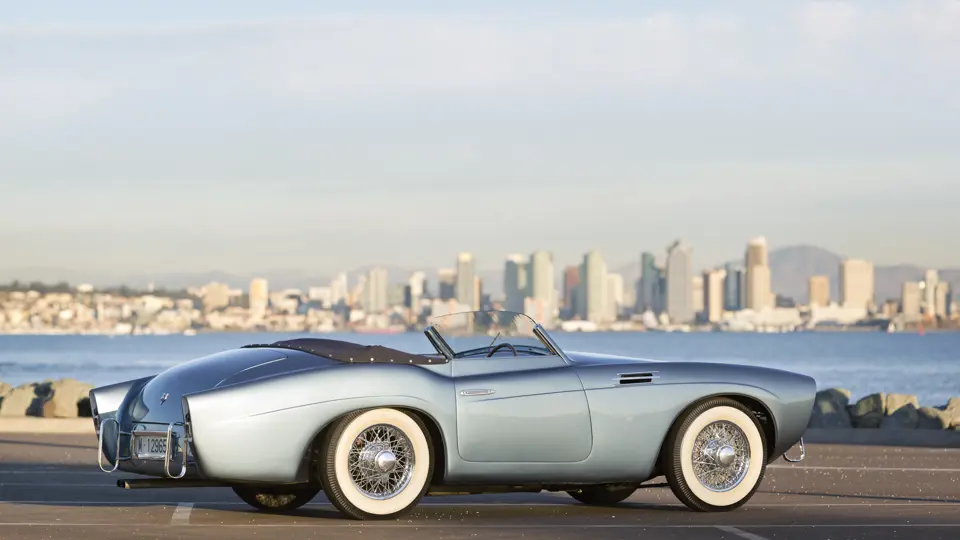



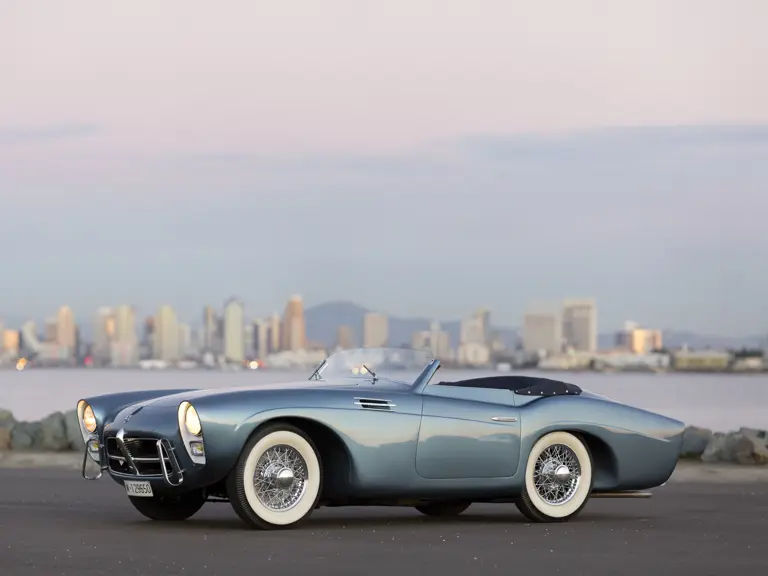
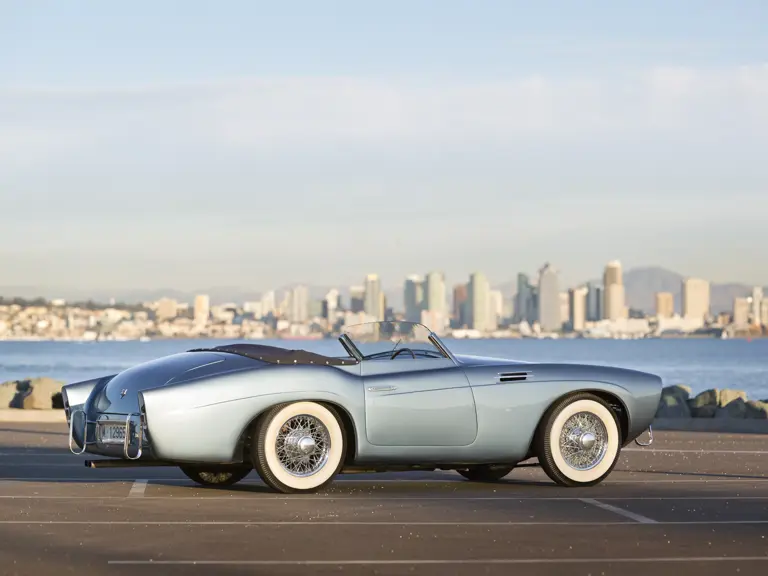
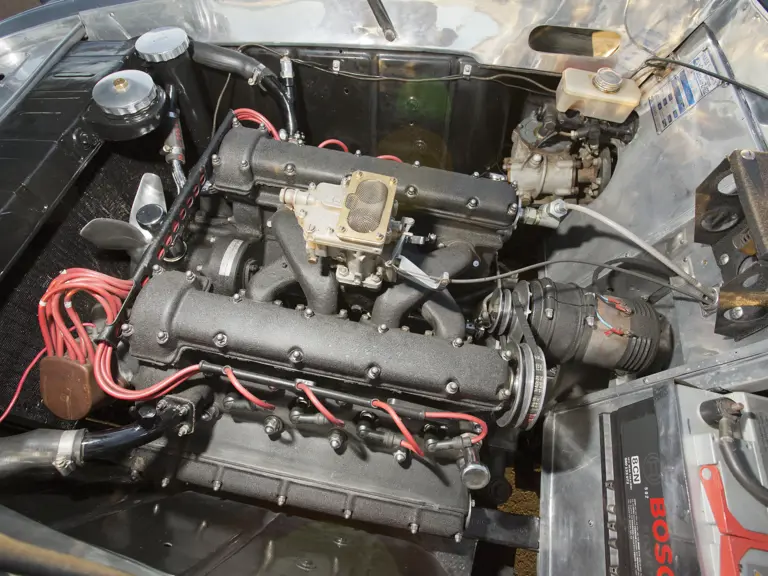

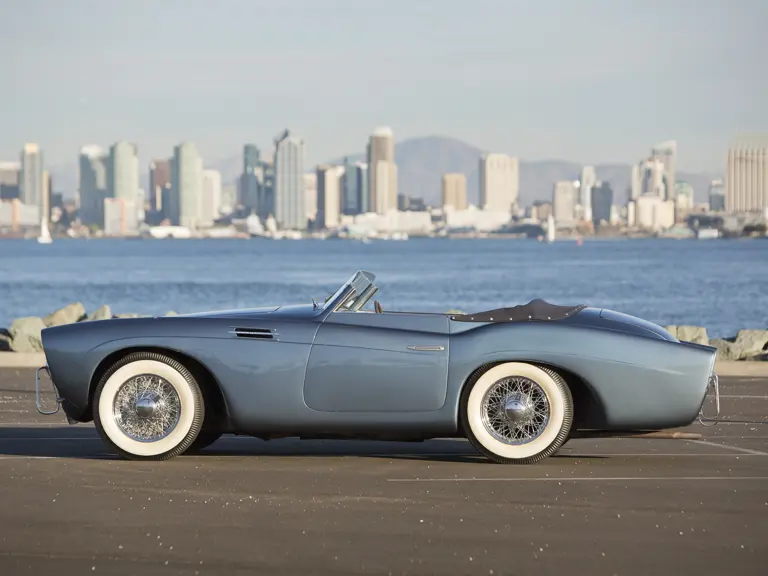

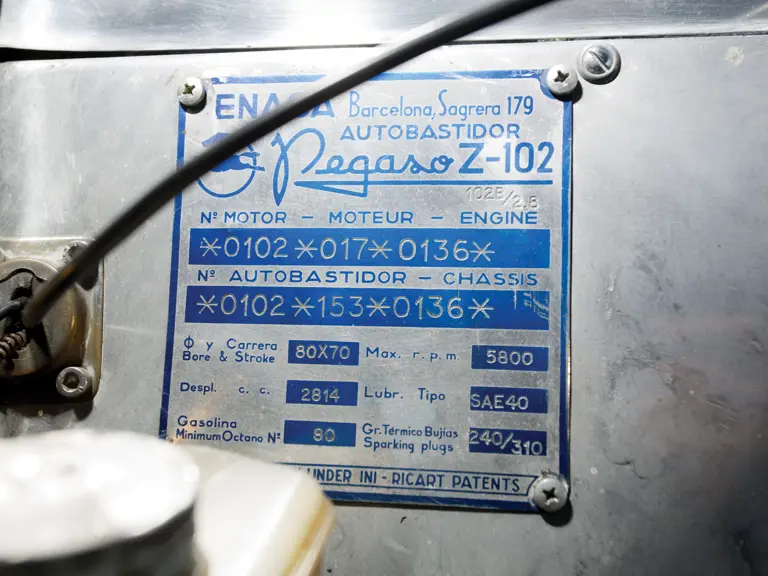

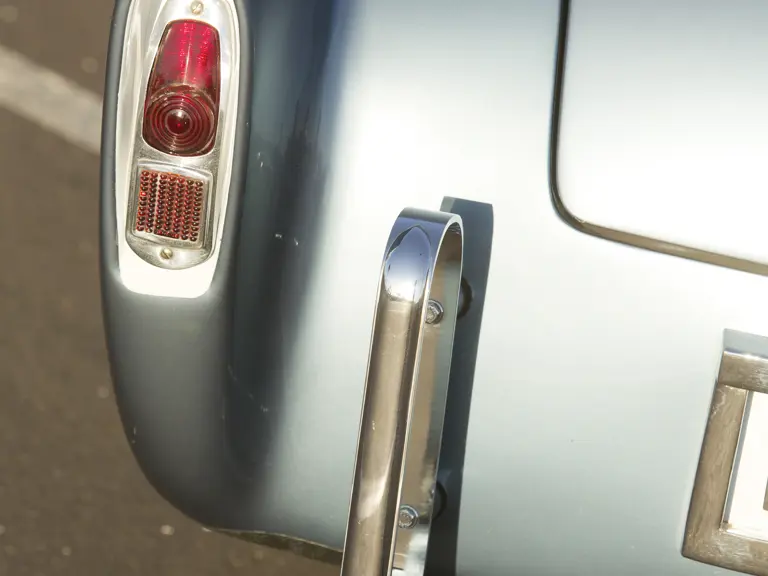
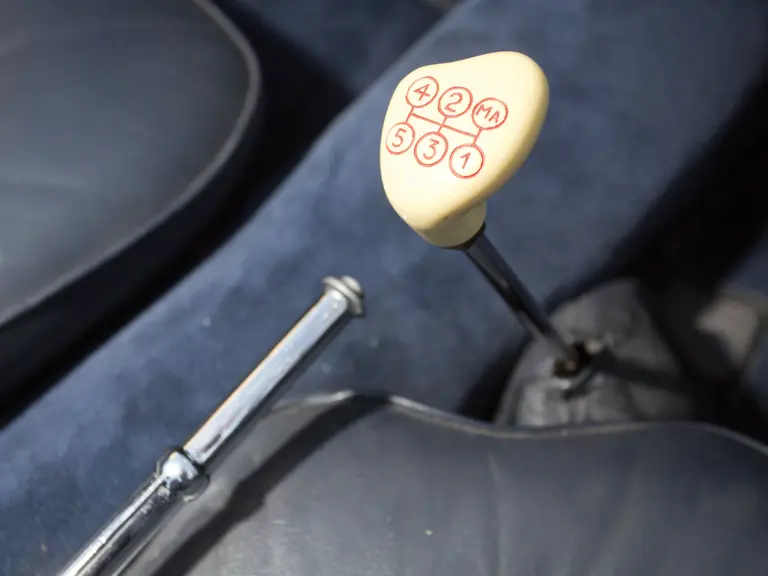

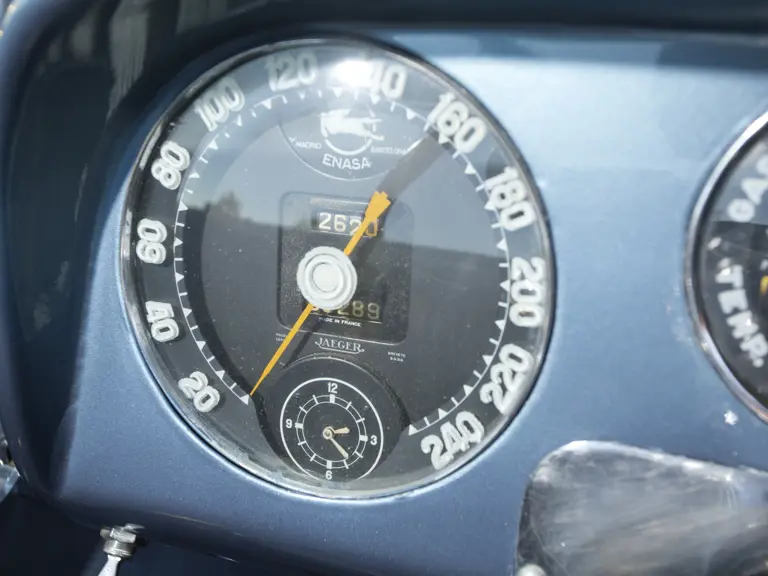
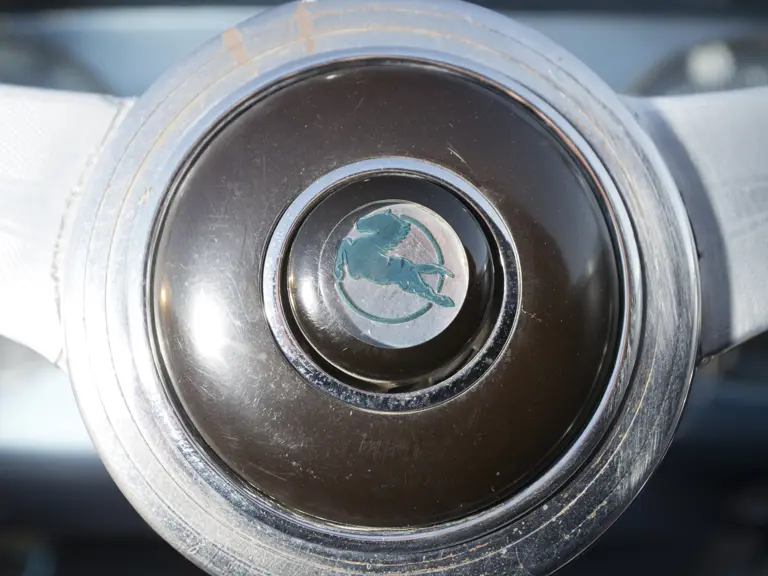
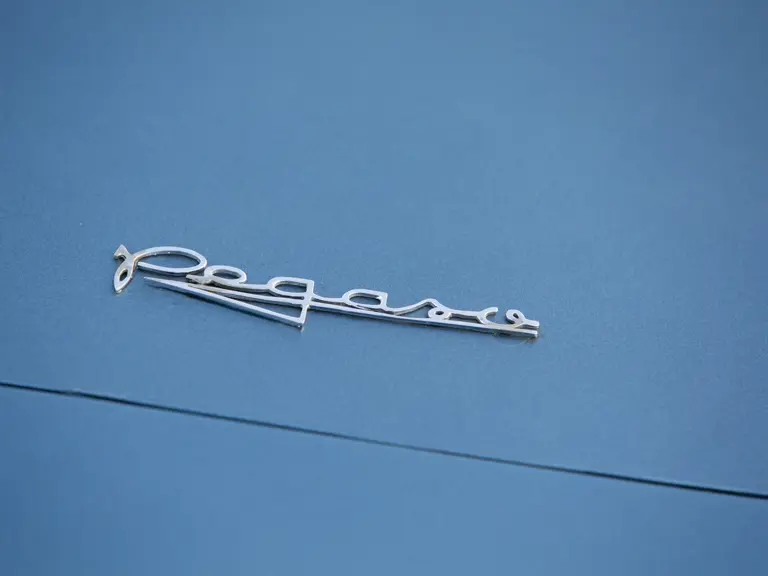
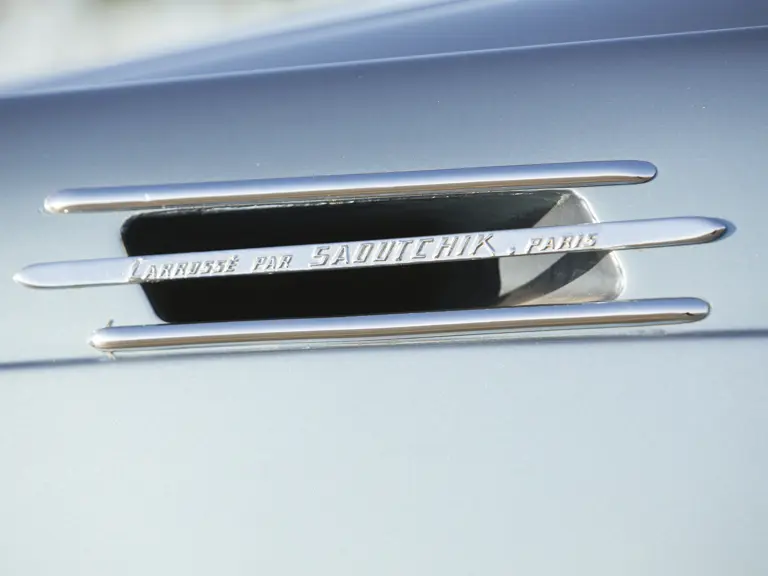

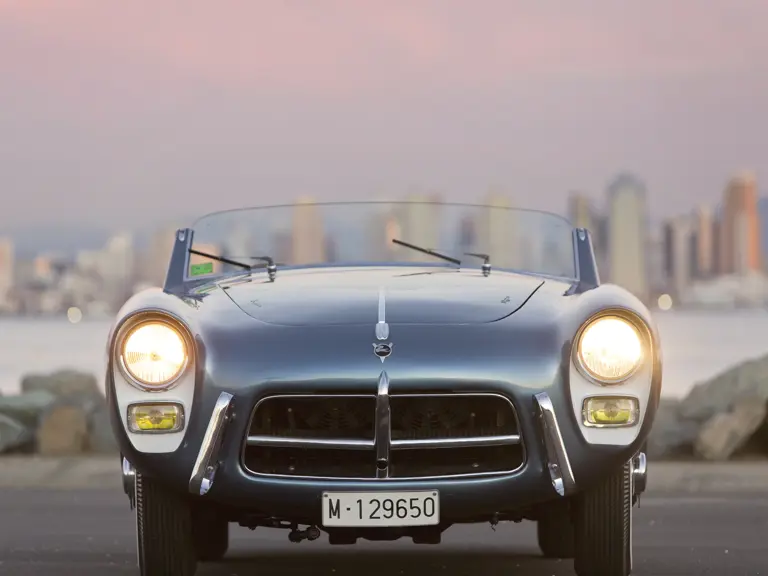
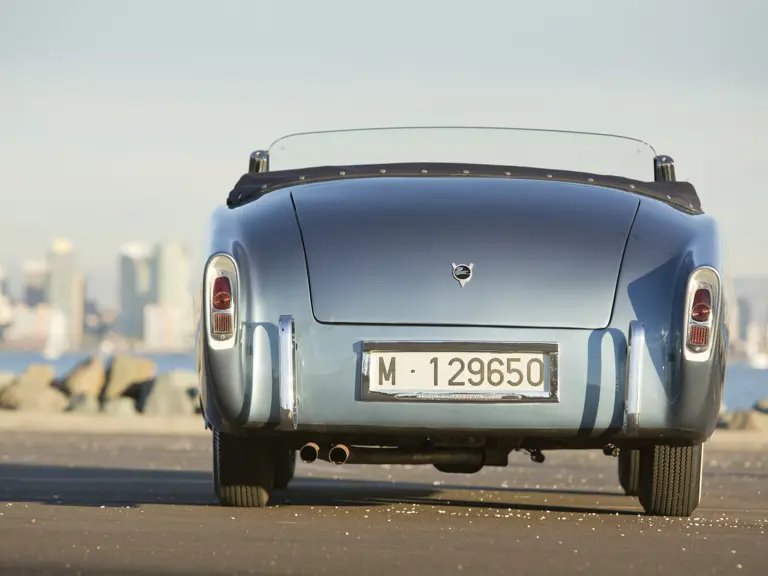
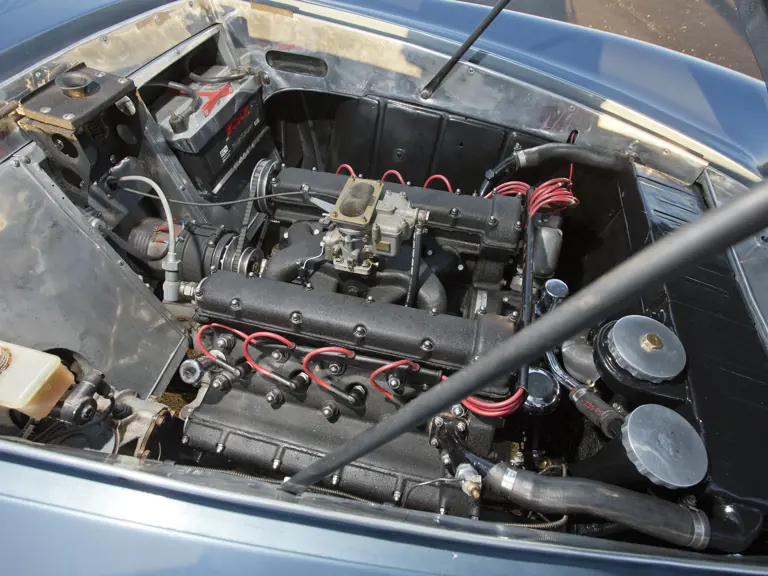
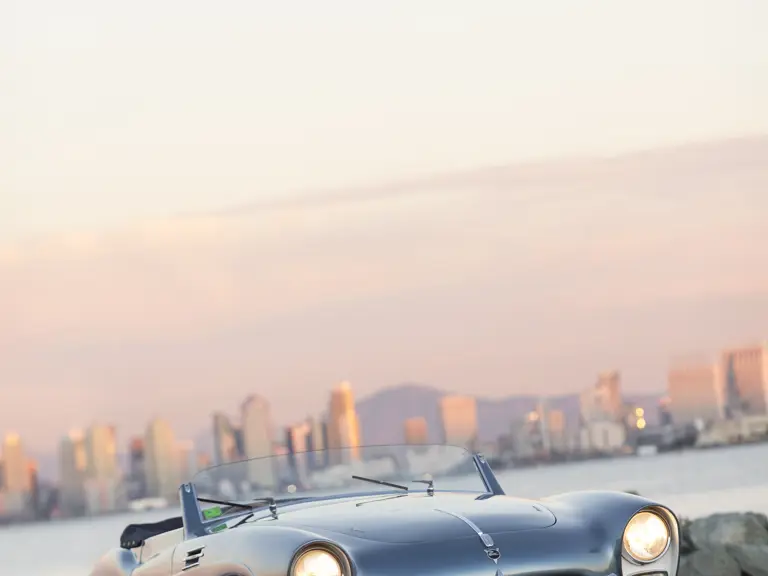
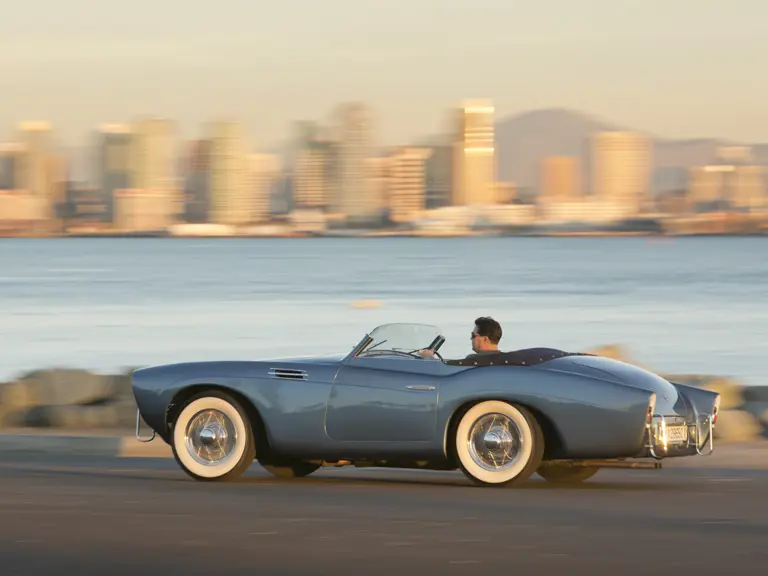
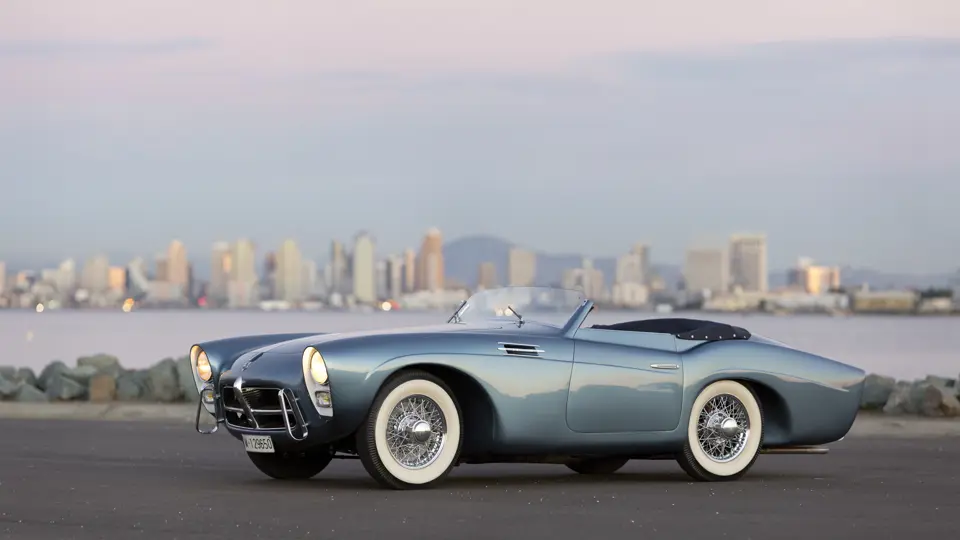
 | Amelia Island, Florida
| Amelia Island, Florida
